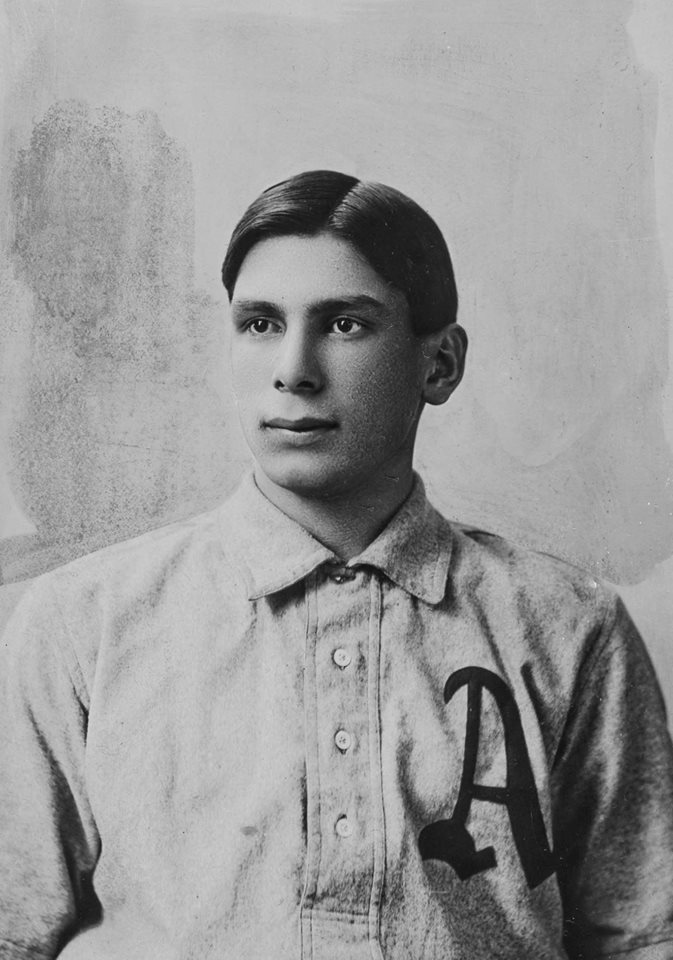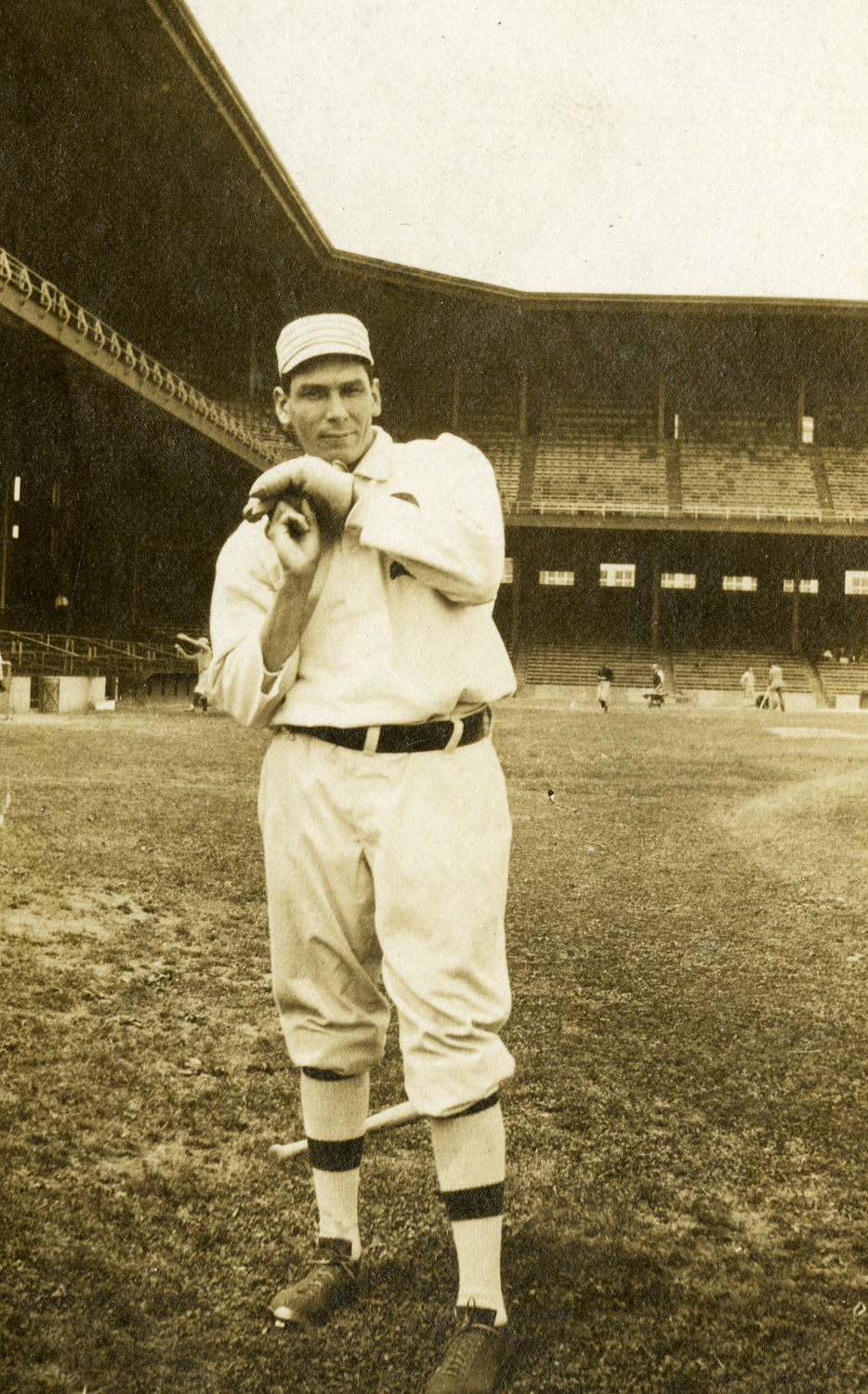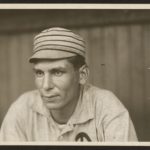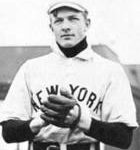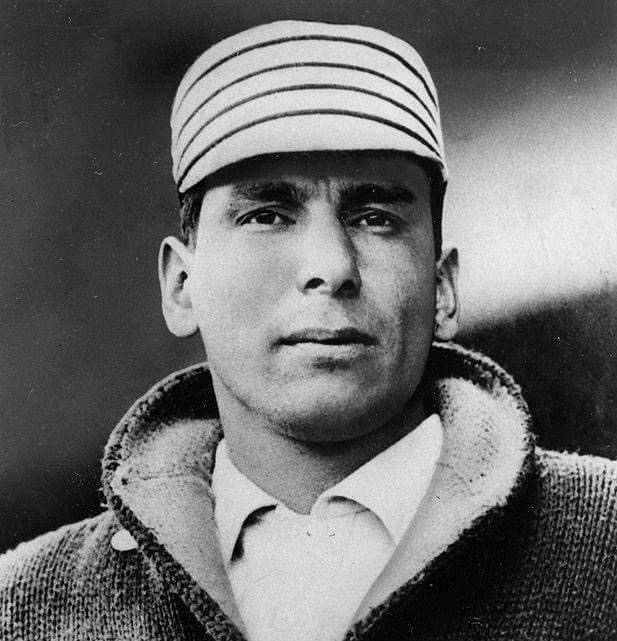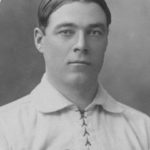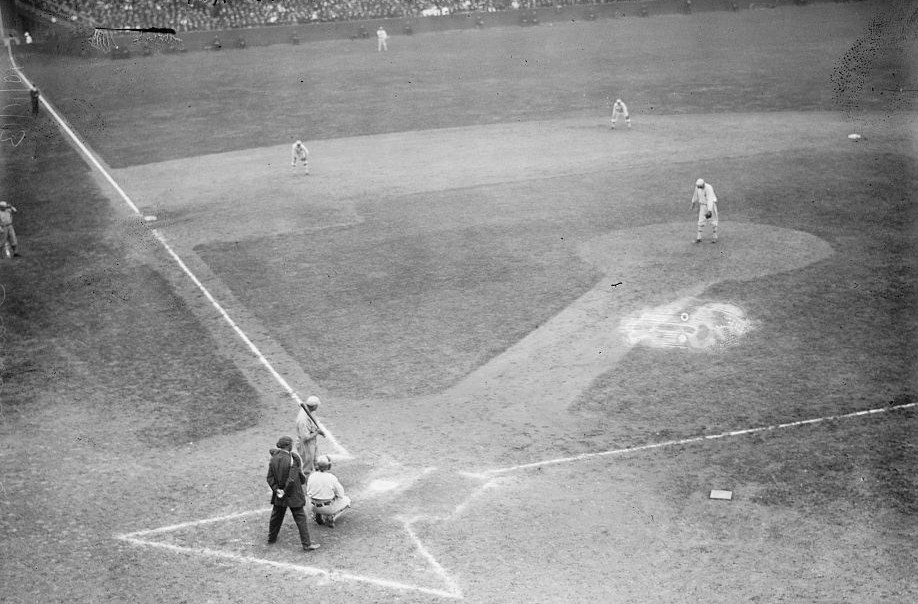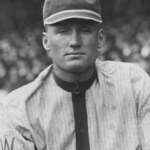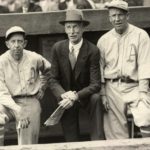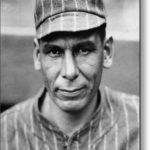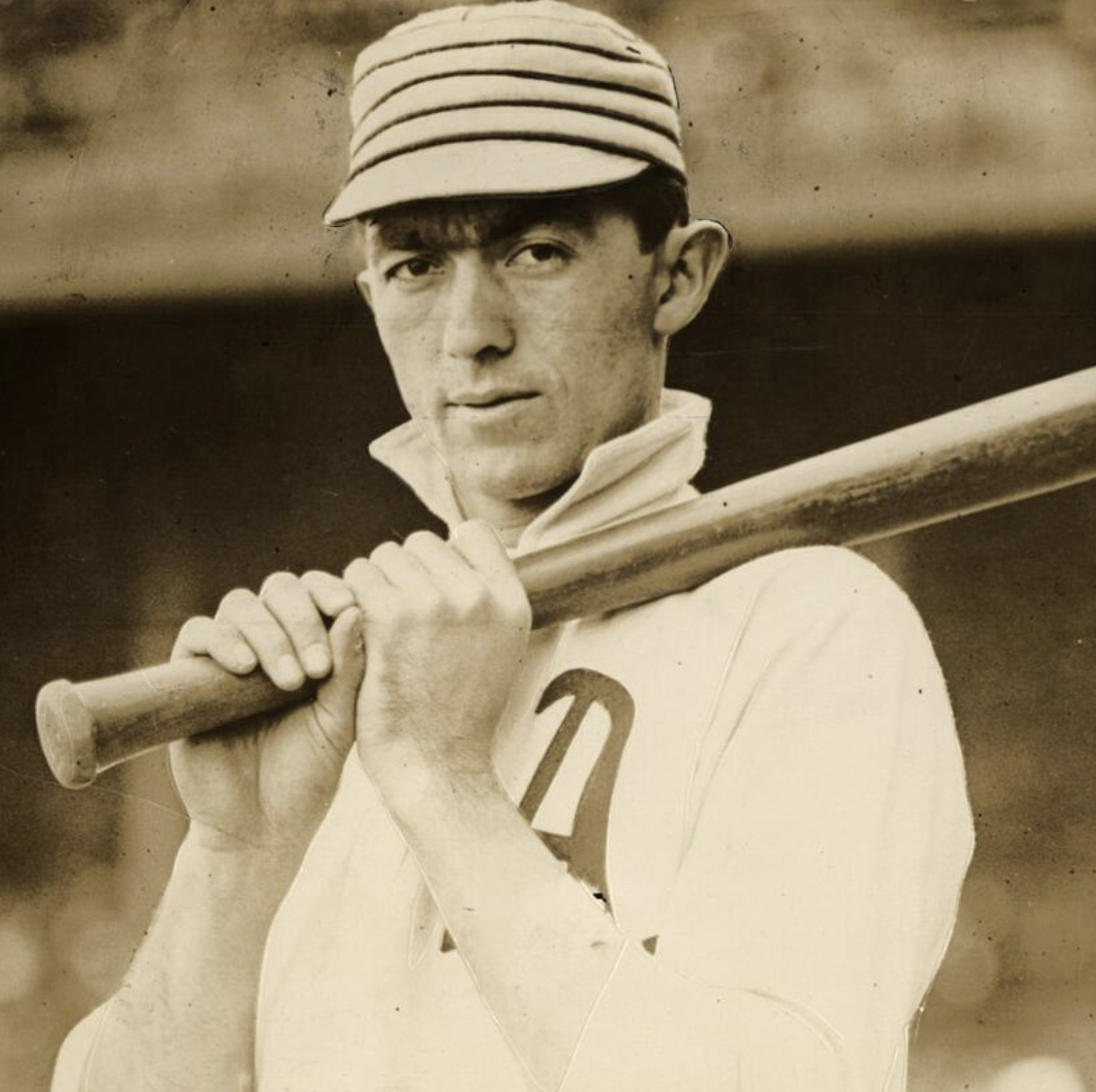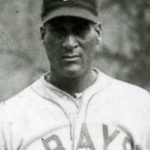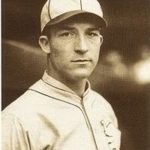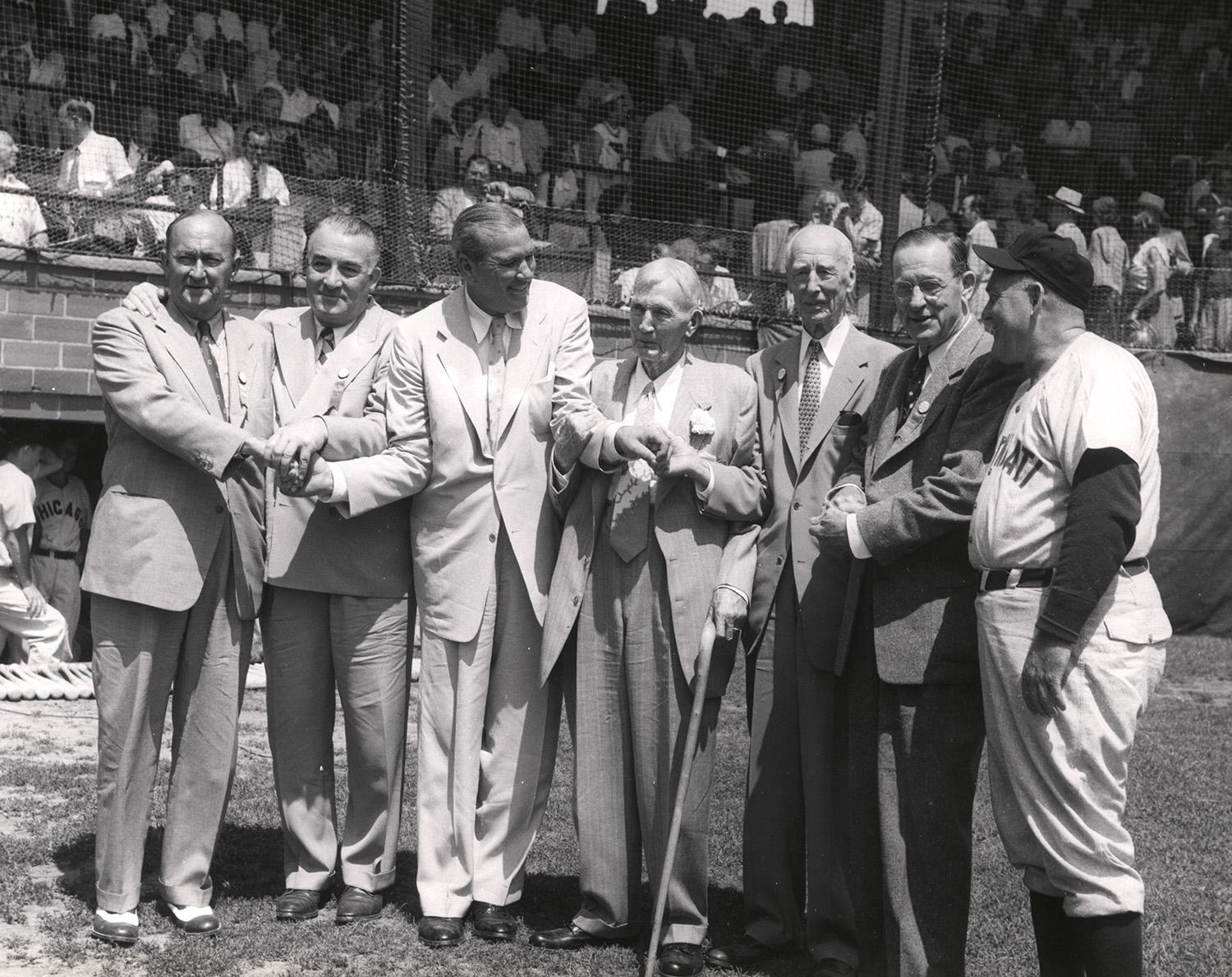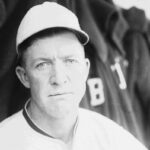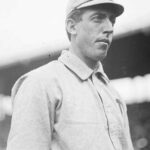Chief Bender Stats & Facts
VINTAGE BASEBALL MEMORABILIA
Charles Bender
Name Note: Name presented as Chief Bender in some sources
Position: Pitcher
Bats: Right • Throws: Right
6-2, 185lb (188cm, 83kg)
Born: May 5, 1884 in Crow Wing County, MN us
Died: May 22, 1954 in Philadelphia, PA
Buried: Hillside Cemetery, Roslyn, PA
High School: Carlisle Indian School (Carlisle, PA)
School: Dickinson College (Carlisle, PA)
Debut: April 20, 1903 (2,506th in major league history)
Last Game: July 21, 1925
vs. BOS 1.0 IP, 1 H, 0 SO, 1 BB, 2 ER
Hall of Fame: Inducted as Player in 1953. (Voted by Veteran’s Committee)
View Charles Bender’s Page at the Baseball Hall of Fame (plaque, photos, videos).
Nicknames: Chief
View Player Info from the B-R Bullpen
View Player Bio from the SABR BioProject
Nine Players Who Debuted in 1903
John Titus
Hans Lobert
Solly Hofman
Lee Tannehill
George Moriarty
Jake Stahl
Three-Finger Brown
Chief Bender
Red Ames
The Chief Bender Teammate Team
C: Wally Schang
1B: Harry Davis
2B: Eddie Collins
3B: Frank Baker
SS: Jack Barry
LF: Rube Oldring
CF: Harry Hooper
RF: Gavy Cravath
SP: Rube Waddell
SP: Eddie Plank
SP: Jack Coombs
SP: Ted Lyons
RP: Eppa Rixey
M: Connie Mack
Notable Events and Chronology for Cheif Bender Career
Biography
Bender, for many years the only American Indian elected to the Hall of Fame, boldly created his own opportunities in a world still basically hostile toward his race. His father was a German settler in Minnesota, his mother a Chippewa. He grew up on a reservation, and was sent to a church-run school in Philadelphia when he was eight. After being returned to his mother, he bolted the reservation at 13 to attend the Carlisle Indian School in Pennsylvania.
He accepted his Indian identity, stoically doffing his cap to cheers for “The Chief,” but signed autographs “Charley Bender.” Being an Indian gave him separate glamour among the sons of white immigrants with whom he played, and small boys whooped their admiration. But it was his pitching skills that made him stand out.
Bender’s career with the Athletics included two seasons as league leader in winning percentage (1910: 23-5; 1914: 17-3). He pitched a no-hitter against Cleveland in 1910. In the 1905 World Series, in which every game was a shutout, Bender blanked the Giants 3-0 in Game Two, the only game Connie Mack’s club won. Christy Mathewson dominated the Series with three shutouts, and Joe McGinnity added his. Bender’s 6-4 career WS record included nine complete games, three coming in 1911 when he twice came up against Mathewson, and defeated him once. Bender jumped to the outlaw Federal League for its final, 1915 season, and experienced his most dismal record (4-16).
An all-around player, Bender appeared in several games in the infield and outfield and pinch hit 29 times. He was an expert sign stealer, practicing his art from the coaching box between starts. He steered clear of temptations which wrecked others’ careers, such as that of the briefly phenomenal Louis Sockalexis, whose disastrous misadventures were used to deny opportunity to other Native Americans. After his playing career effectively ended with the Phillies in 1917, Bender managed in the minors and coached in the majors. He maintained a solid family life in Philadelphia, based on values adopted while living on a Quaker farm during his school boy summers
@ET-DC@eyJkeW5hbWljIjp0cnVlLCJjb250ZW50IjoicG9zdF90YWdzIiwic2V0dGluZ3MiOnsiYmVmb3JlIjoiTGVhcm4gTW9yZSBhYm91dCB0aGUgdGVhbXMsIHBsYXllcnMsIGJhbGwgcGFya3MgYW5kIGV2ZW50cyB0aGF0IGhhcHBlbmVkIG9uIHRoaXMgZGF0ZSBpbiBoaXN0b3J5IC0gLSAtIC0gLSAtIC0gIiwiYWZ0ZXIiOiIiLCJsaW5rX3RvX3Rlcm1fcGFnZSI6Im9uIiwic2VwYXJhdG9yIjoiIHwgIiwiY2F0ZWdvcnlfdHlwZSI6InBvc3RfdGFnIn19@
Factoids, Quotes, Strange Things that may only interest me
Best Season, 1910
The tall Indian went 23-5, leading the league in win/loss percentage. He completed 25 starts, with three shutouts (including his only no-hitter), and an ERA of 1.58. He also batted .269 with 16 RBI.
Family Tree
Bill James wrote in his first Historical Abstract that Chief’s brother John died while playing ball in the minors (September 25 or 27, 1911 in the Western Canada League) . That is true, however, he did not die while on the mound, as has been reported. Bender was an outfielder for Alberta, and he suffered a massive heart attack and died while in left field. Newspaper accounts reported that he died of “heart failure brought on by excitement.” John Bender had been in trouble frequently, once having stabbed his manager while playing in Charleston, South Carolina in 1908. That O.J. moment got him kicked out of baseball for a few years.
Factoid
Bender managed the Naval Academy baseball team in 1930.
Minor League Experience
1919: Richmond (Virginia League)
1920-1921, 1924: New Haven (Eastern League)
1922: Reading (International Association)
1923: Baltimore Orioles (International Association)
1927: Johnstown (Middle Atlantic League)
After working in a World War I shipyard in 1918, Bender managed Richmond of the Virginia League in 1919 and claimed 29 victories against only two defeats. Chief was 35 years old at the time. He later called this his finest achievement in baseball. He won 25 games the next season for New Haven in the Eastern League. When he was 43 in 1927, Bender went 7-3 with a 1.33 ERA in 18 games in the Middle Atlantic League.
Feats: In July and August of 1907, Bender won 11 straight games to help the A’s stay on the heels of the Detroit Tigers in a tight pennant race. The Tigers eventually won… On September 18, 1909, Bender faced Detroit’s Wild Bill Donovan in Philadelphia in front of 35,409 fans, the largest paying crowd in baseball history at the time. Bender blanked the Tigers 2.0, keeping the A’s in the pennant chase, which they would eventually lose… Bender threw his only no-hitter on May 12, 1910, a 4–0 victory over Cleveland. Chief narrowly missed a perfect game with one walk. Five days later Bender followed his no-hit performance with a four-hit shutout of the White Sox.
Transactions
Signed as a free agent with the Baltimore Terrapins of the Deferal League in March, 1915. After the season, he signed with the Phillies. He retired following the 1917 campaign, but had one appearance in 1925 with the White Sox, for whom he had been coaching.
Don’t Call Me Chief
Bender disliked the name “Chief,” which was a racial slur similar to calling a young black person “boy.” He always signed his name “Charles” or “Charley” Bender. Connie Mack called him by his middle name, Albert. The Giants’ star catcher John Meyers was also called “Chief” despite his disdain for the name.
Carlisle Indian School
From 1898 to 1901, Bender (born Charles Albert Bender) attended Carlisle Indian Industrial School, the first U.S. Government off-reservation boarding school for American Indian children. The school, established in 1879, provided an educational setting for more than 12,000 Native American students until the school closed in 1918. Bender’s younger brother John Charles also went to the school, and the siblings both starred in baseball and football.
The Thirty-Something Blues
After winning 180 games prior to his 30th birthday (May 5, 1914), Bender went 32-28 in his thirties, finishing with 212 career victories. There are lots of reasons this happened, including the demise of the first A’s dynasty, but the biggest reason was that pitchers in that era often burned out in their 30s, since off-season conditioning was virtually unheard of. Twice during his stay with the Athletics, Bender was suspended for being out of shape. In 1912 he was sent home for the final month of the season.
Big Game Pitcher
Bender pitched the September 18, 1909, game in Philadelphia against Detroit in front of 35,409, the largest crowd to see a baseball game to that point in history. Again in the 1911 World Series Bender pitched in front of 38,281 fans in game one against Christy Mathewson in the Polo Grounds. That crowd also set an attendance record.
Other Resources & Links


